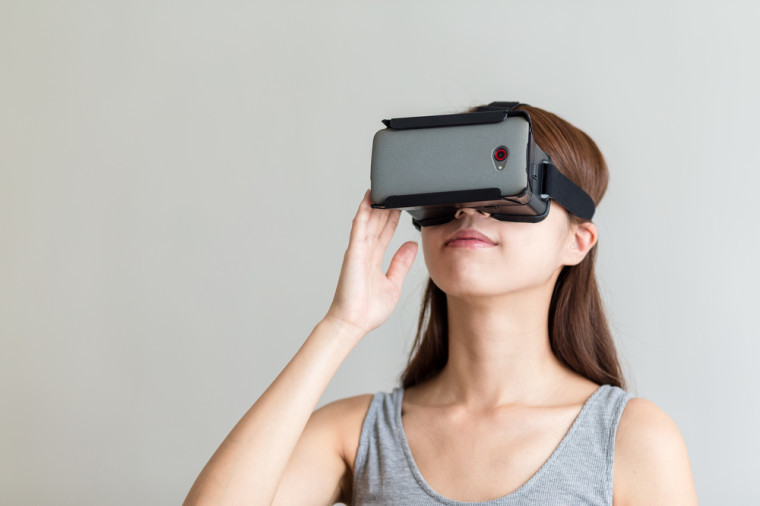
The Oculus Rift and HTC Vive are pretty well established in the virtual reality landscape, but other OEMs are dipping their toes in the water as well. In January, at Microsoft’s 2017 CES Partner Showcase, we took a look at headsets from Dell, Lenovo, HP, Acer, and 3Glasses. Though growing interest in virtual reality is a good thing, it doesn’t come without its problems.
One of the physical side effects of prolonged use of these VR devices is nausea, due in no small part to the limited field of view. According to Valve president Gabe Newell, his company is working on “three VR games” which he emphasized are “full games” developed in Unity and the Source 2 Engine. Since games are usually longer experiences, the issue of nausea when using VR can prevent someone from fully enjoying them. Although a solution for this has been proposed by Microsoft Research, researchers at Stanford’s Computational Imaging Lab have gone a step further.
The problem highlighted by the research team is that the way in which the displays of VR headsets are designed prevents the eyes from focusing naturally, leading to discomfort and headaches. Beyond the issue of focusing, differences between younger and older people have been taken into account, seeing as presbyopia (difficulty focusing on objects close up) is more common in those over 45.
Using what they’re calling "adaptive focus display technology", researchers have been able to change the focal plane of the VR display via software and hardware fixes. Two methods were put to the test: one involves focus-tunable liquid lenses (changes to the display occur by squeezing the liquid lenses inside through the twist of a dial), the other is the more traditional approach of mechanically moving the display back and forth. These hardware side changes are complemented on the software side by eye tracking technology.
Currently, the software can only account for a person being near or farsighted, not for astigmatism.
The prototypes were tested at last year’s SIGGRAPH conference on 173 participants aged 21 to 64 years of age, and it was found that “the technology provided improved viewing experiences across a wide range of vision characteristics.”
Seems like we can look forward to a headache-free VR future.
Source: Stanford News Service via Engadget | Image of woman using VR headset via Shutterstock
















0 Comments - Add comment